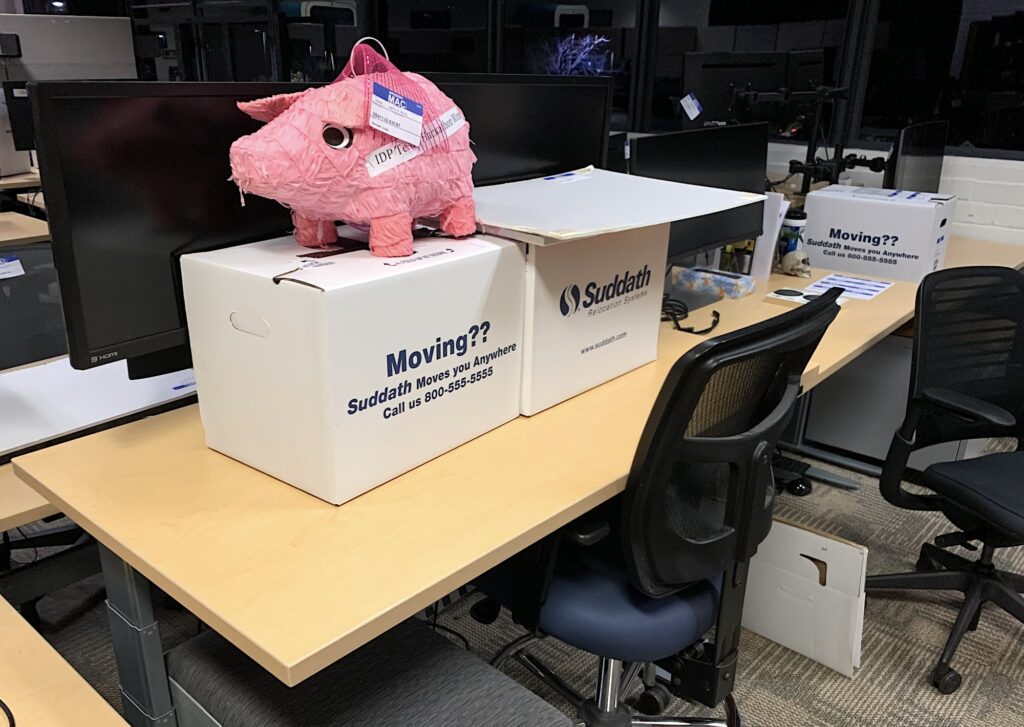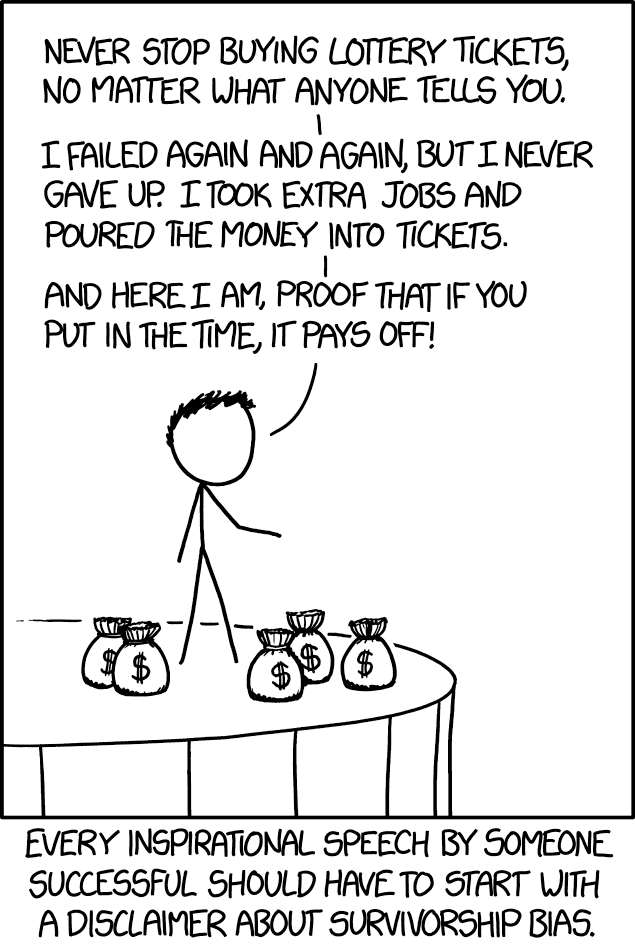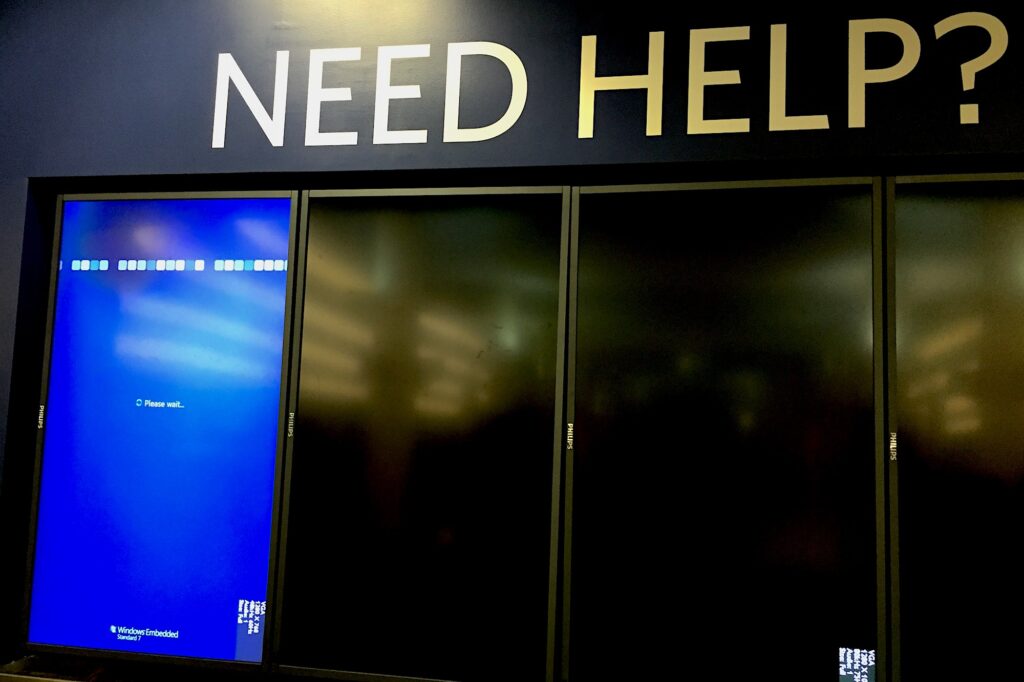
If you want to enable change then you must be an active participant.
It was the mid-2010s and I was working as the head of software for a local scientific instrument manufacturer. The executives were looking for ways to increase velocity and urgency. They felt that the company had slowed down significantly in the last few years.
During an all hands meeting the President of the company got up and described how we would be enacting lean manufacturing principles. One element of this approach was “going to gemba”, with gemba representing where value was created within the company.
The President told anecdotes about leaders putting their office, or at least a desk, right on the manufacturing line. The goal was to see and hear the opportunities to unblock work and improve processes. This was part of genchi genbutsu, where the only way to understand the manufacturing floor was to actually go there. Toyota executives would talk about the daily “gemba walk” where they would move through the manufacturing center to observe and identify inefficiencies.
Following the all hands we collectively waited for a member of the executive staff to move their office from the front of the building to the manufacturing area in the back. At the very least we expected them to begin regular walks through the area.
It never happened.
Nothing undermines change management like hypocrisy. In this instance, the leaders of the company were asking everyone at the company to make major changes. People were expected to suffer whatever sacrifices were necessary to make those changes successful. We were told that this was required to ensure that the company would be competitive into the future. Then, when it came time to enact those changes, it was clear that the executives were not willing to make sacrifices themselves.
Why should anyone else in the company commit to a major change when the executives refused to change any element of their work?
Two years later we got a new CTO who was hired by the executives to improve R&D and manufacturing. The first thing he did was kick an engineer out of a well-placed R&D cubicle so he could sit at the intersection between R&D and manufacturing areas. This resonated with everyone in both departments. The message was clear: he was there to be a part of the problem solving.
In the end, there are two lessons to take away. First, leading by example is critical and nothing torpedos change management like hypocritical “for thee, but not for me” leadership. Second, it does pay dividends to get close to the value creation in your company. Maybe you don’t have to give up that front office 100% of the time, but set up shop in the back of the building at least a few times per week. Your gemba is likely there.
Photo: One last peek at my desk at Amazon before we moved to a new office in downtown Santa Barbara, CA. We were in the new office for about two months before COVID hit and we scattered to work remotely.






